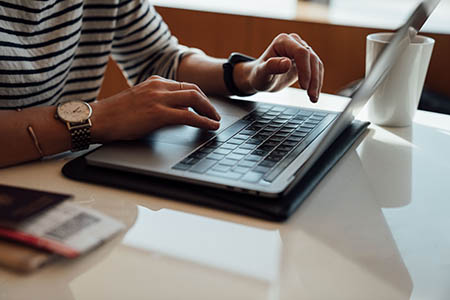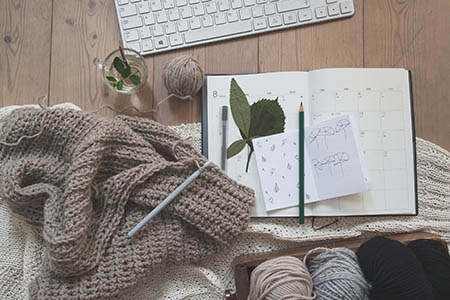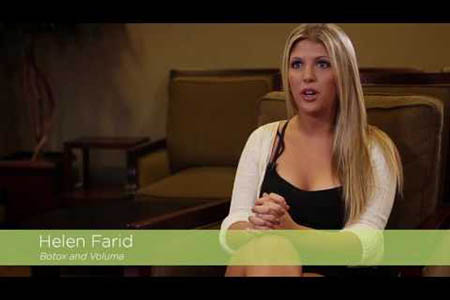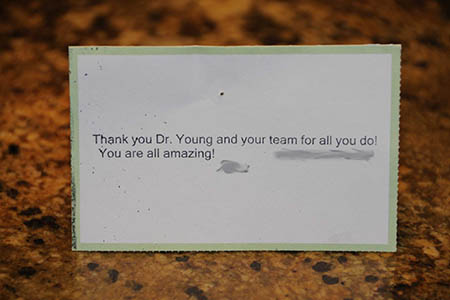Laser resurfacing left you glowing but now you can’t stop itching? Post-laser itching is very common but that doesn’t make it any less frustrating. As your skin repairs itself, you might get urges to scratch it and the feeling can be very overwhelming. But resistance is very important to avoid the risks of any scar or infection. In this article, we will share tips to stop the constant itching and help you manage discomfort without compromising your results.
Why Does Itching Happen?
Laser resurfacing works by removing damaged outer layers of skin while stimulating fresh collagen growth. But this renewal process comes with a side effect: itching. As your skin heals, new cells move upward to replace the treated area, and nerve endings reactivate, triggering temporary dryness and histamine release (your body’s natural “itch signal”). This discomfort often peaks around days 5–7, just as the skin begins to rebuild its protective barrier. This maybe uncomfortable but it’s also a proof that your skin is in the healing process.
Immediate Soothing Strategies to Calm Itching
While itching is a normal part of healing, you don’t have to suffer because of it. Here’s how to soothe irritation and protect your new skin during the critical first week.
- Keep it soaking wet—not scabby. Reapply a thin film of petroleum-based ointment (Aquaphor or Vaseline) whenever the surface appears matte; this helps moist wounds itch less and heal faster.
- Cool vinegar soaks. Mix 1 Tbsp white vinegar with 1 cup cool water, soak gauze for 20‑30 minutes, six times daily. The dilute acid calms inflammation and gently removes crusts.
- Cold compresses or gel packs applied for 10 minutes lower the nerve-ending temperature and reduce itch.
For fast itch relief, dab a thin layer of 1 % hydrocortisone cream on the treated skin before your ointment, take 25 mg diphenhydramine (Benadryl) at night to calm systemic histamine, and—once the surface has fully closed (≈ day 10)—switch to silicone‑gel sheeting to keep the area hydrated and flatten any raised edges.
Skincare & Lifestyle Tips
When healing from laser resurfacing, use these simple yet effective steps that will protect your new skin and keep itching under control:
- Sleep with your head elevated and wear mittens at night to prevent unconscious scratching.
- Use a broad‑spectrum SPF 30+ every morning once new skin forms; UV triggers more itch and pigment changes.
- Switch to fragrance-free cleansers and moisturizers for four weeks.
- Never pick flakes—let them shed naturally to prevent scarring
- Do not start with retinoids, glycolic acids, or exfoliating devices until cleared by your provider (usually 4‑6 weeks).
When to Seek Medical Help for Post-Laser Itching
While some itching is normal during the healing process, certain symptoms require prompt medical attention. Contact your provider immediately if you experience:
- Severe pain or increased swelling after day 3.
- Clusters of blisters or raised bumps (may indicate a viral infection).
- Fever over 100°F (37.8°C).
- Spreading redness or warmth beyond the treated area.
Final Word
A little itch means your skin is rebuilding, but it shouldn’t be a constant source of trouble until you heal. Consistent moisture, targeted topicals, and a few smart habits usually quiet the urge to scratch within a week. If discomfort persists or you’re unsure what’s normal, connect with your surgeon and seek proper consultation.
Experience Smoother Healing with NW Face & Body’s Laser Resurfacing
Experience Laser Skin Resurfacing Seattle, Bellevue & Kirkland done right at Northwest Face & Body. Our exclusive approach combines precision treatments with premium recovery support for smoother healing and better results. Call (425) 546-0854 or click here to book your consultation.


 Patient Reviews
Patient Reviews Cards From Patients
Cards From Patients Share Your Story
Share Your Story






